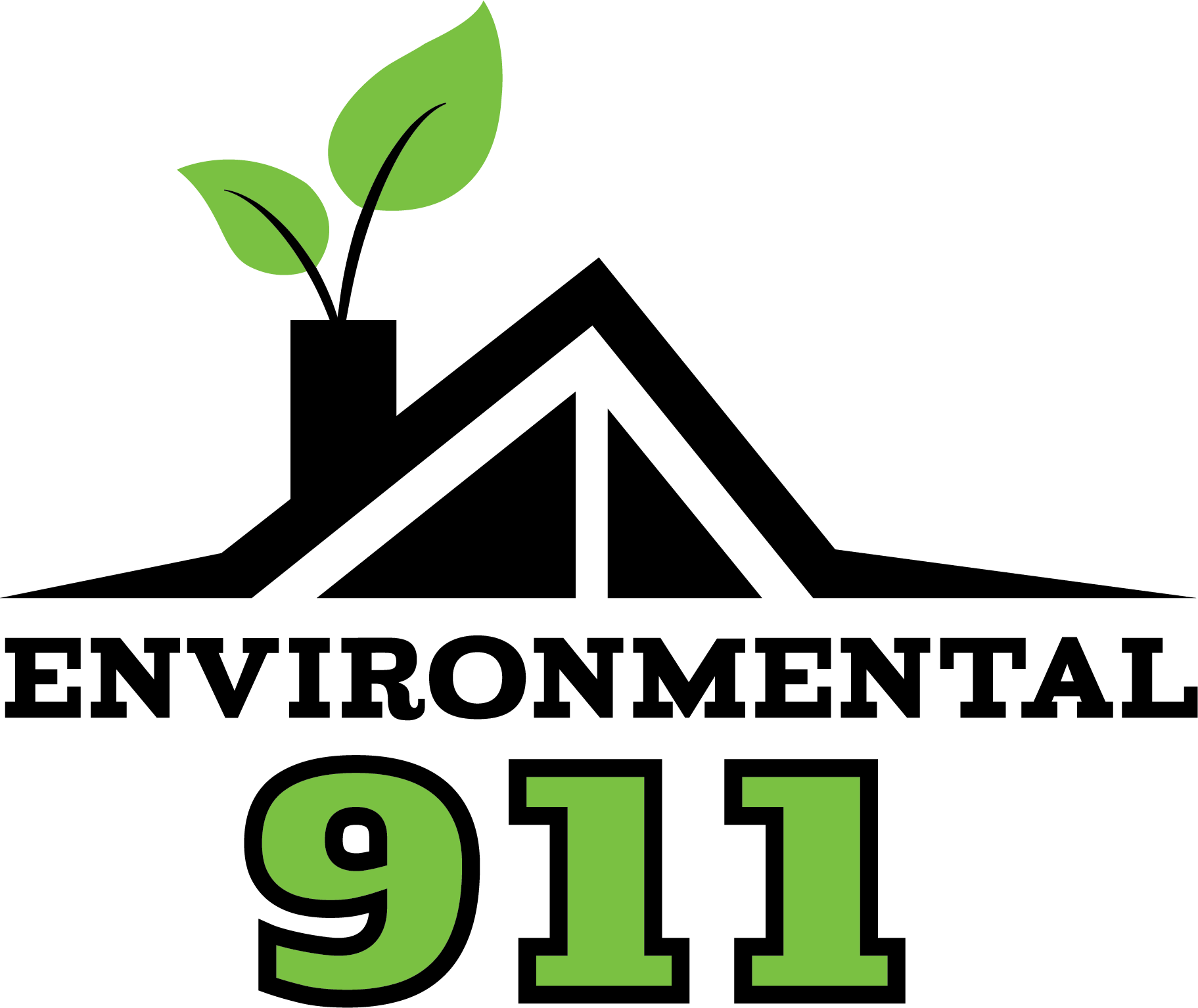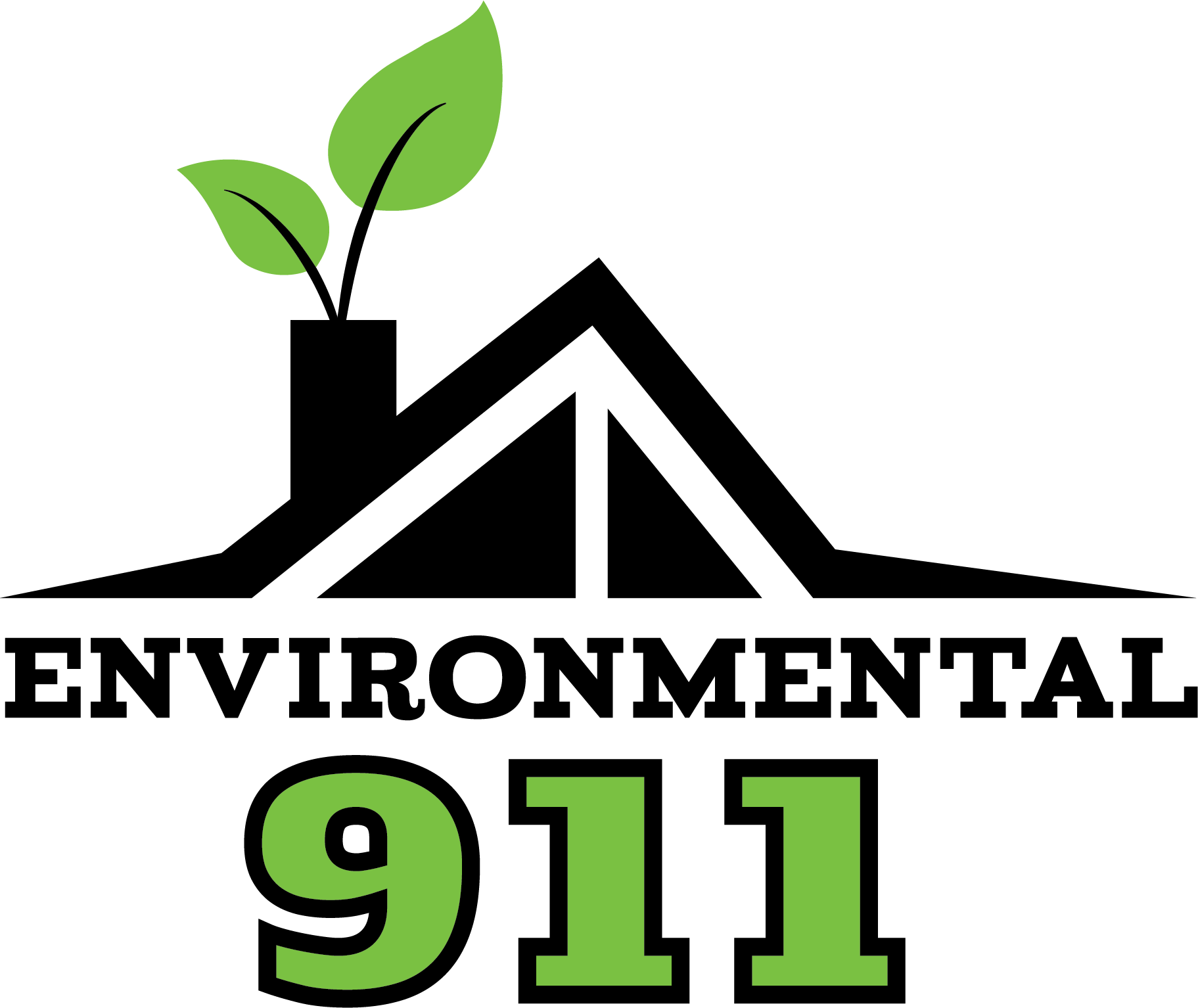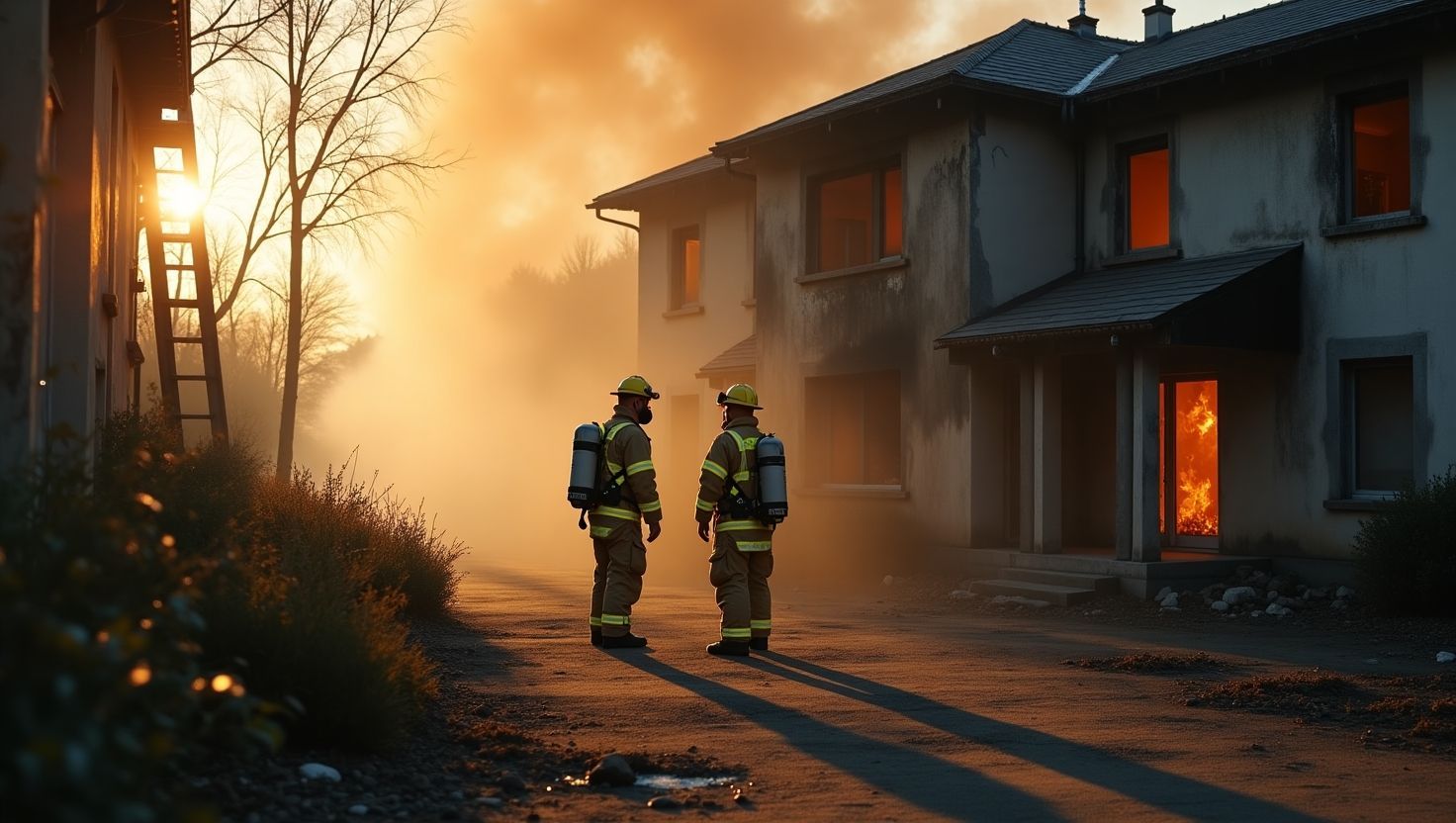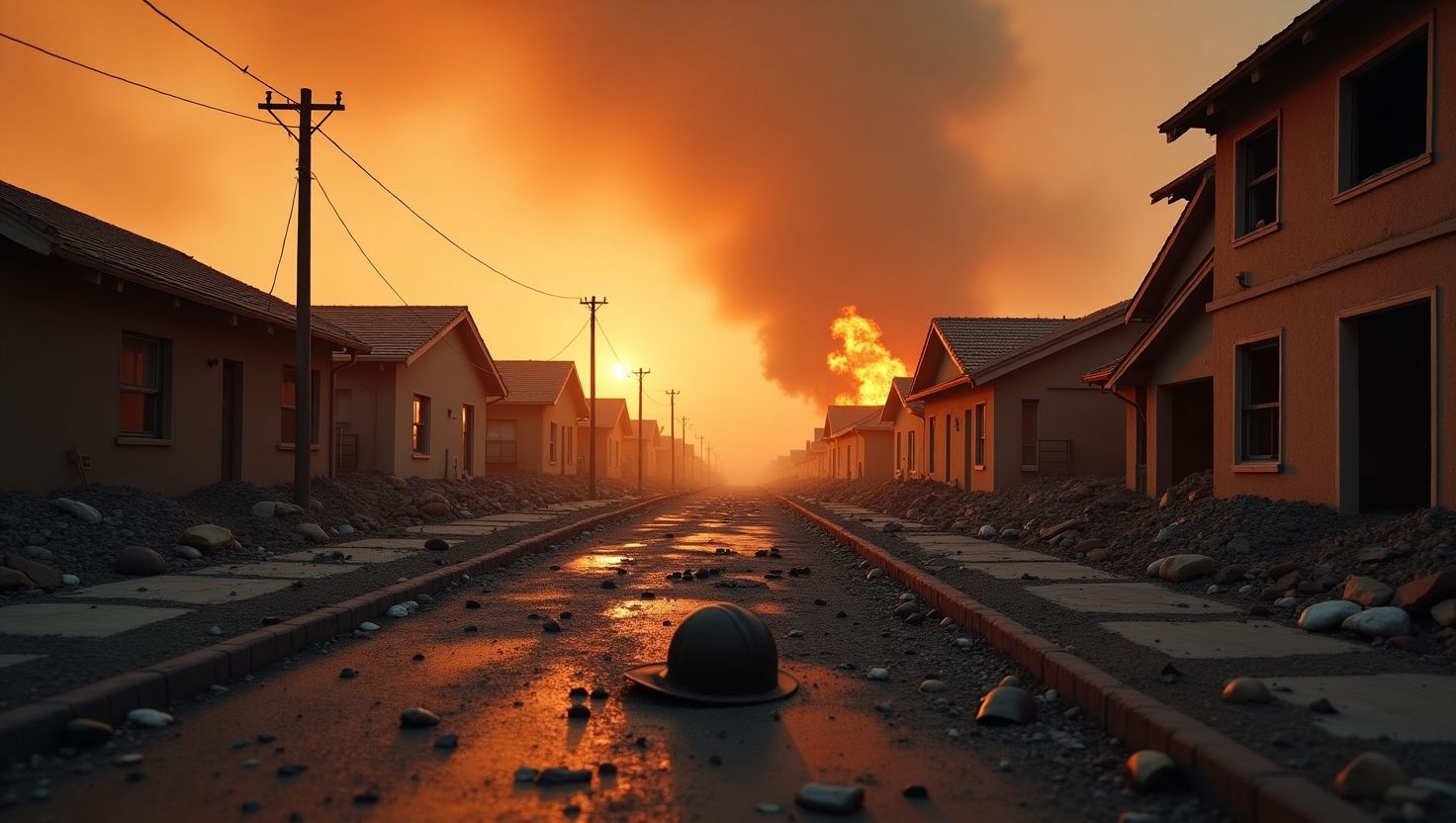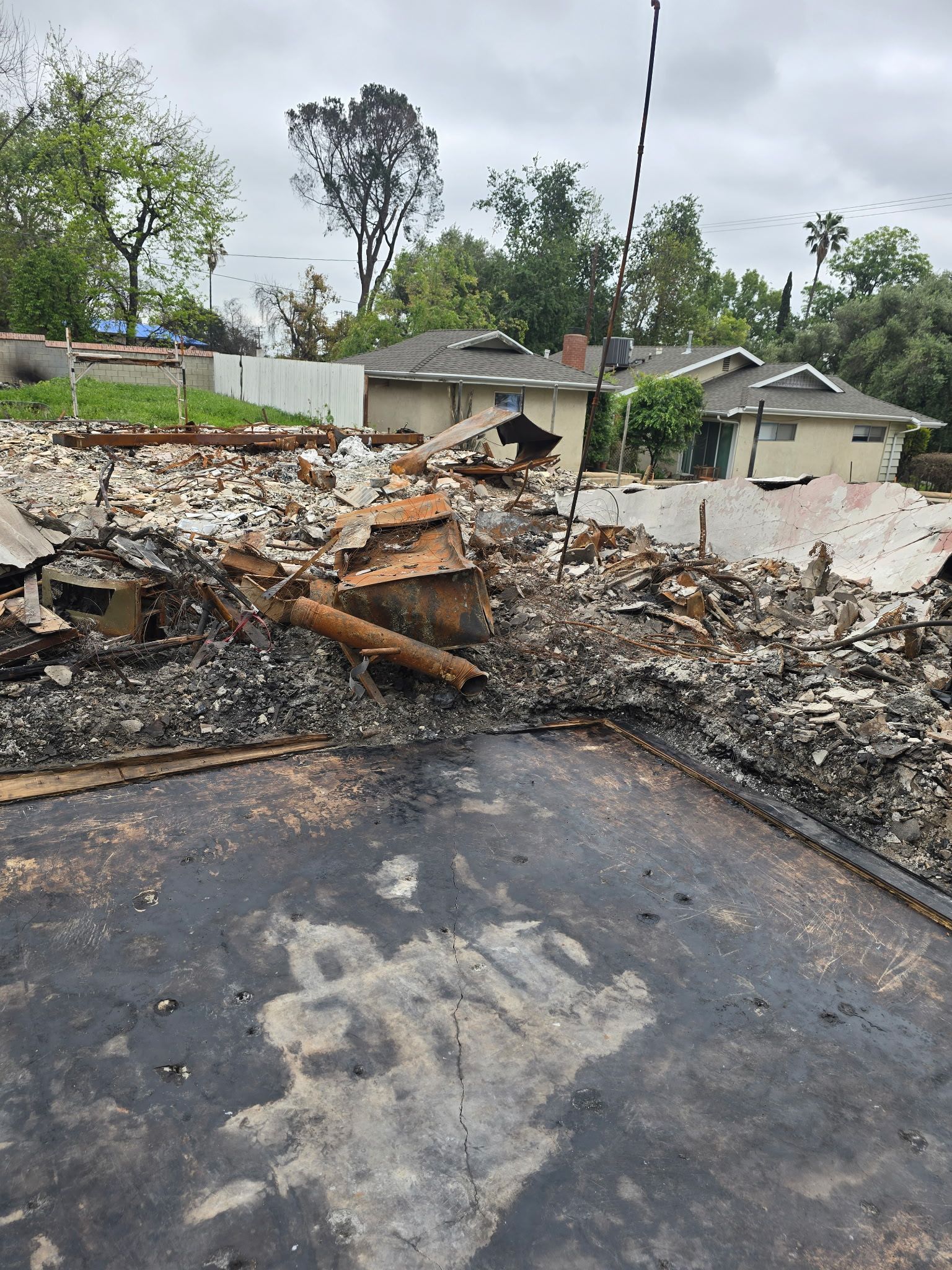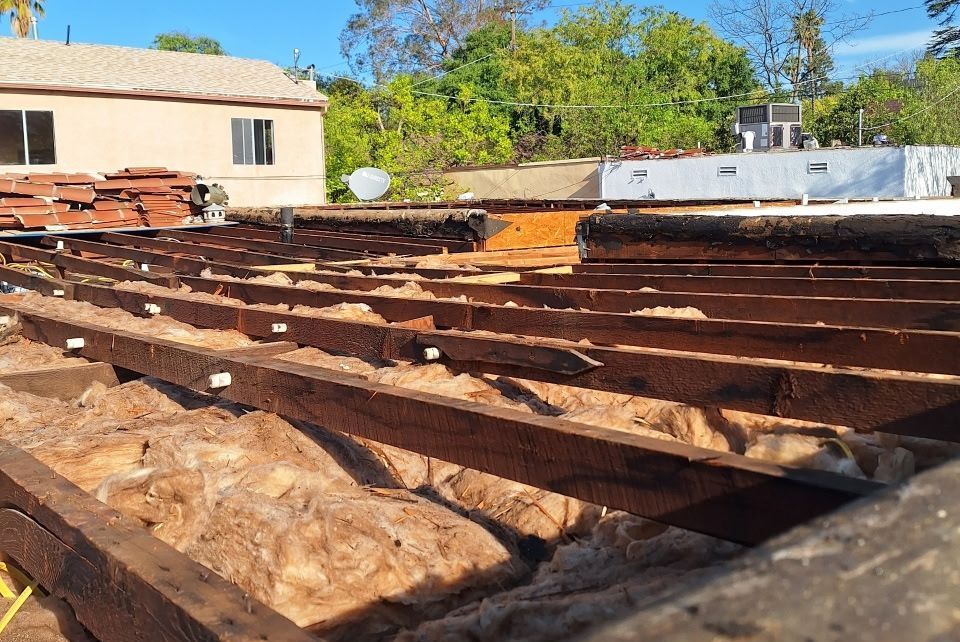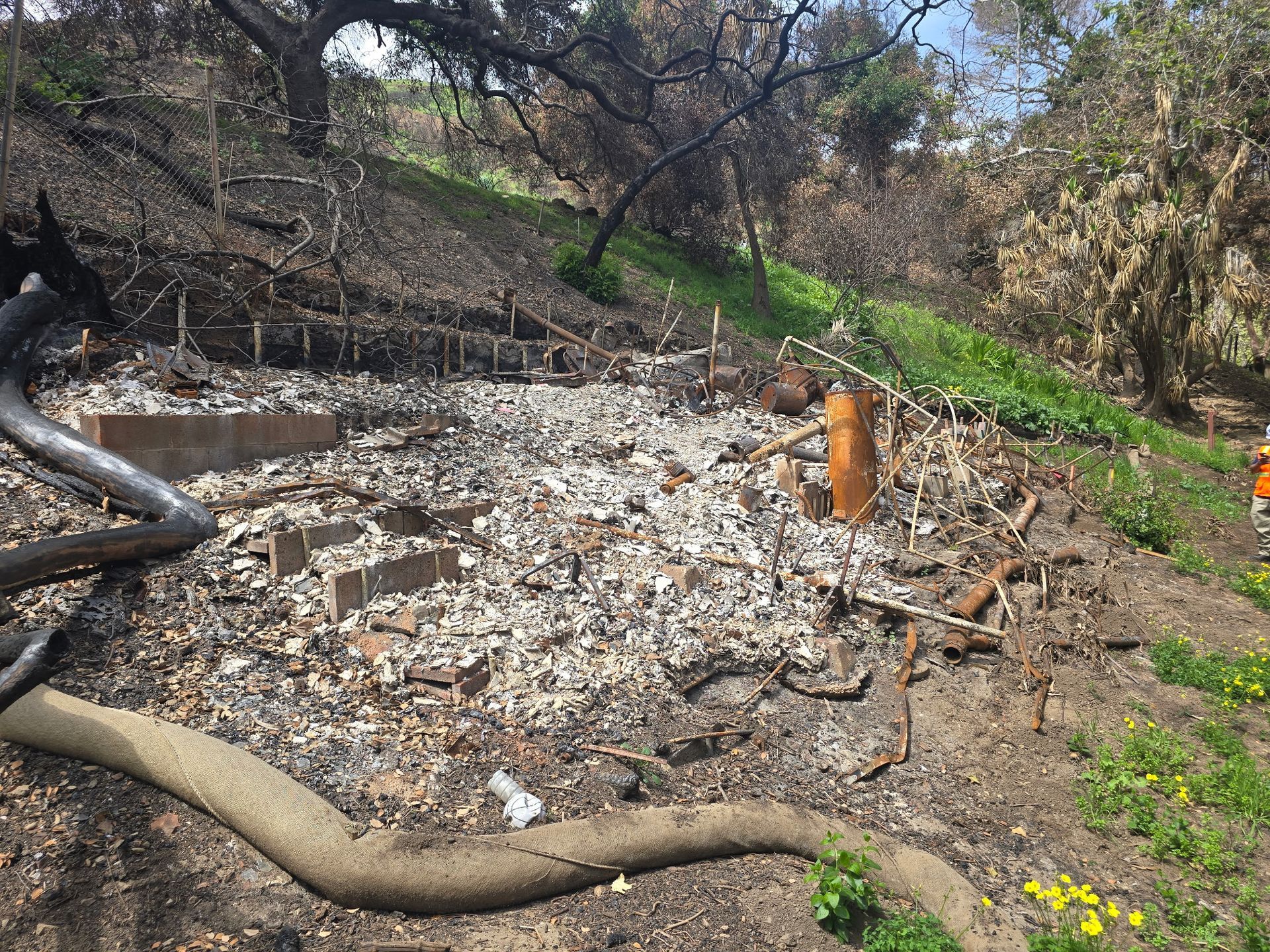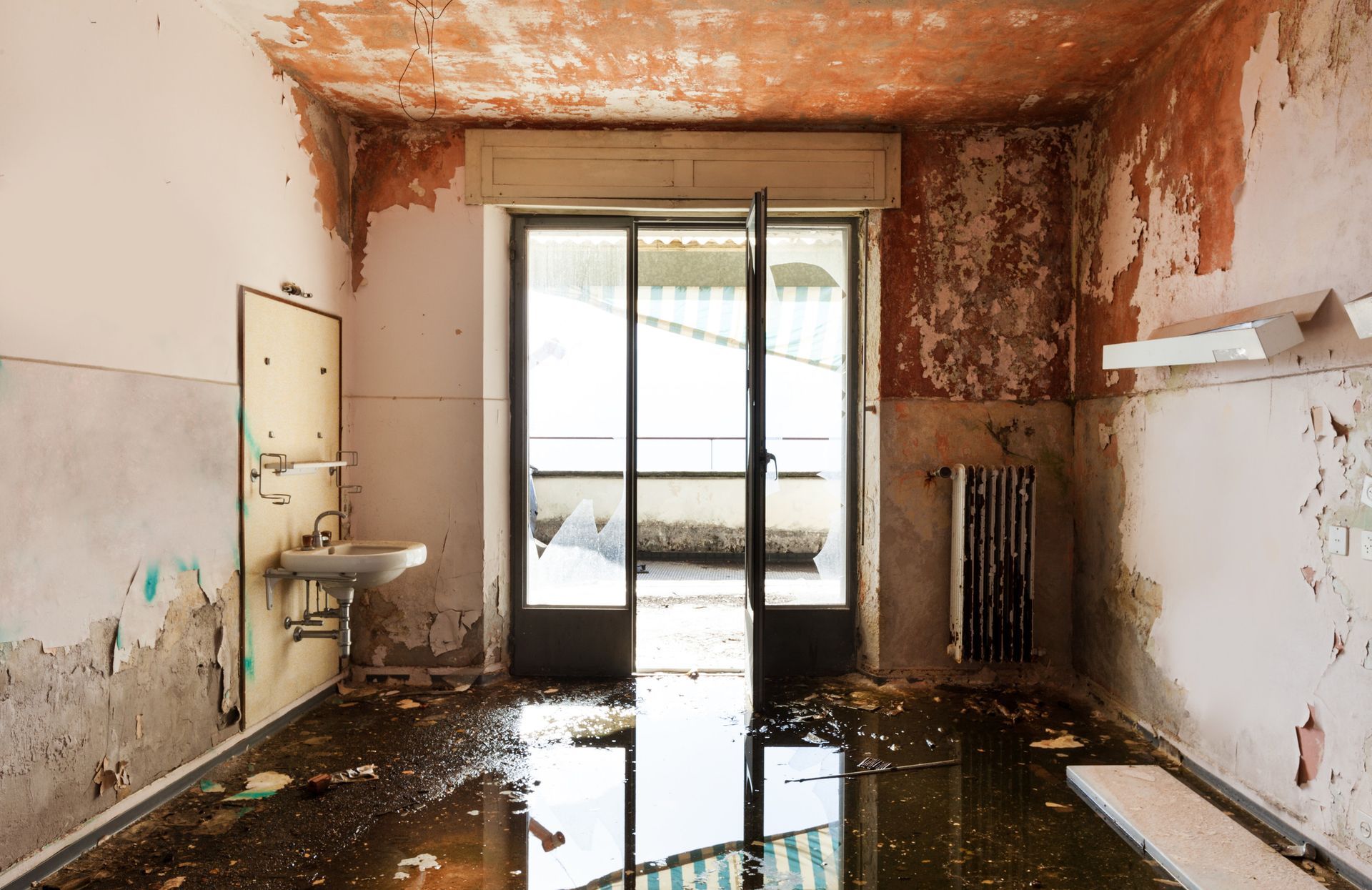Understanding Cal/OSHA Standards for Safe Fire Cleanup: What Every Contractor Should Know

Yes — here’s your fully revised version of the blog with every update Joe requested and exactly as we outlined:
Cal/OSHA Fire Cleanup Standards: Protecting Your Crew from Hidden Hazards
After a fire, the immediate focus is often on visible damage. But for contractors in California, the unseen hazards—like asbestos and lead—pose a significant risk. These toxins can become airborne during cleanup, threatening the health of your crew and future occupants. Adhering to Cal/OSHA standards is not just about compliance; it's about ensuring a safe worksite for everyone involved.
For contractors in the Pasadena & Pacific Palisades area, where fire damage and its effect on air quality are major concerns, understanding these regulations is critical. This guide breaks down what you need to know about Cal/OSHA standards for safe fire cleanup, helping you protect your team and your business.
An Introduction to Cal/OSHA and Fire Cleanup
The California Division of Occupational Safety and Health (Cal/OSHA) sets and enforces standards to protect workers across the state. In the context of an emergency fire damage response, these regulations are especially strict because of the hazardous materials that fires can release from building materials.
Fires can damage structures containing asbestos and lead, turning them into friable, inhalable dust. Proper handling and asbestos abatement are mandatory to prevent long-term health issues. For Pasadena & Pacific Palisades contractors, this means that any post-fire cleanup project must follow specific Cal/OSHA protocols to manage these environmental dangers effectively.
Key Cal/OSHA Standards for Fire Cleanup
When tackling a fire-damaged site, several Cal/OSHA regulations are crucial. The most prominent is Title 8, Section 1529, which specifically governs asbestos exposure. This rule mandates strict procedures for containment, worker protection, and waste disposal.
Before any cleanup begins, Cal/OSHA requires a thorough assessment to identify hazardous materials. If asbestos-containing material (ACM) is found, contractors must establish regulated work areas, use negative air pressure enclosures, and ensure all workers have and use appropriate personal protective equipment (PPE). These measures are designed to contain dangerous particles and prevent them from spreading.
Common Hazards During Fire Cleanup
Fire cleanup sites are filled with hazards that go beyond structural instability. Contractors must be prepared to manage several key risks:
Asbestos Exposure: When older building materials burn, they can release asbestos fibers into the air. Inhaling these fibers can lead to serious diseases like asbestosis and mesothelioma. An asbestos removal near me search might be the first step for a property owner, but as a contractor, you need to be certified to handle it.
Lead Contamination: Paint in older buildings often contains lead. A fire can vaporize this lead, creating toxic dust and fumes. If you’re a contractor who performs lead remediation near me, you know that exposure can cause severe neurological damage.
According to the California Department of Public Health (CDPH) Title 17, Section 35016, proper containment systems are required during lead remediation to prevent the spread of hazardous dust and debris. These standards outline the use of barriers and containment practices designed to protect workers and occupants from exposure.
Airborne Particulates and Toxins: Soot, ash, and other combustion byproducts can irritate the respiratory system and contain harmful chemicals. Proper ventilation and respiratory protection are essential.
Structural Dangers: Fire can weaken floors, walls, and roofs, creating a risk of collapse during the cleanup process.
Essential Safety Measures and Equipment
To comply with Cal/OSHA and protect your crew, you must implement specific safety protocols. This starts with providing the right PPE. For fire cleanup involving potential asbestos or lead, this includes:
- Full-face respirators with HEPA filters
- Disposable coveralls to prevent skin contact with hazardous materials
- Gloves and boot covers
Containment is another critical step. This involves sealing off the work area with plastic sheeting and using negative air machines to ensure contaminated air doesn't escape. All debris, especially materials containing asbestos, must be wetted down, carefully bagged in labeled, leak-tight containers, and disposed of at an approved hazardous waste facility.
For those also handling hoarder cleanup services, many of the same principles of careful sorting and disposal apply, though the hazards may differ.
The Importance of Training and Certification
Your team cannot safely or legally perform hazardous cleanup without the right training. Cal/OSHA requires that any worker handling asbestos or lead be properly trained and certified. This training covers hazard recognition, safe work practices, PPE use, and emergency procedures.
A "Competent Person" must be designated for the worksite—someone with the training and experience to identify existing hazards and the authority to take prompt corrective measures. This individual oversees the entire cleanup process, from initial inspection to final clearance testing, ensuring every step meets Cal/OSHA standards.
Need Help with Safe Cleanup?
Navigating Cal/OSHA regulations during a high-stakes fire cleanup project can be complex. Ensuring the safety of your team and the public while meeting every legal requirement demands expertise and the right equipment.
If you’re a contractor facing a challenging cleanup project, partner with a team that specializes in environmental safety. At Environmental 911, we provide expert storm damage cleanup, fire damage services, and biohazard removal for the Pasadena & Pacific Palisades area. We handle hazardous material abatement with certified professionals who understand Cal/OSHA requirements inside and out.
Contact us today to ensure your fire cleanup project is safe, compliant, and handled correctly from the start.
